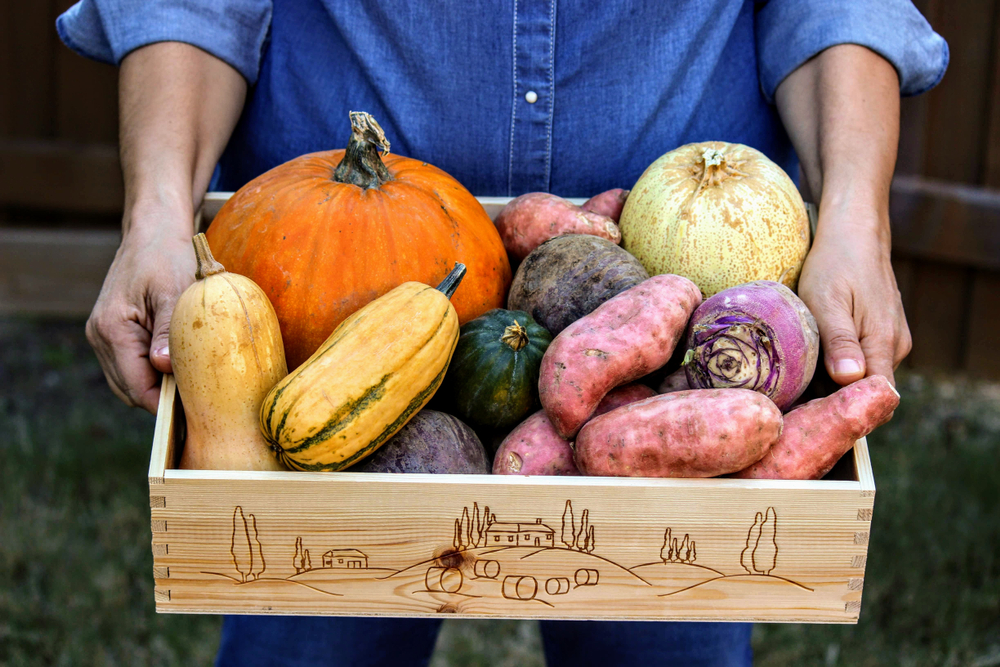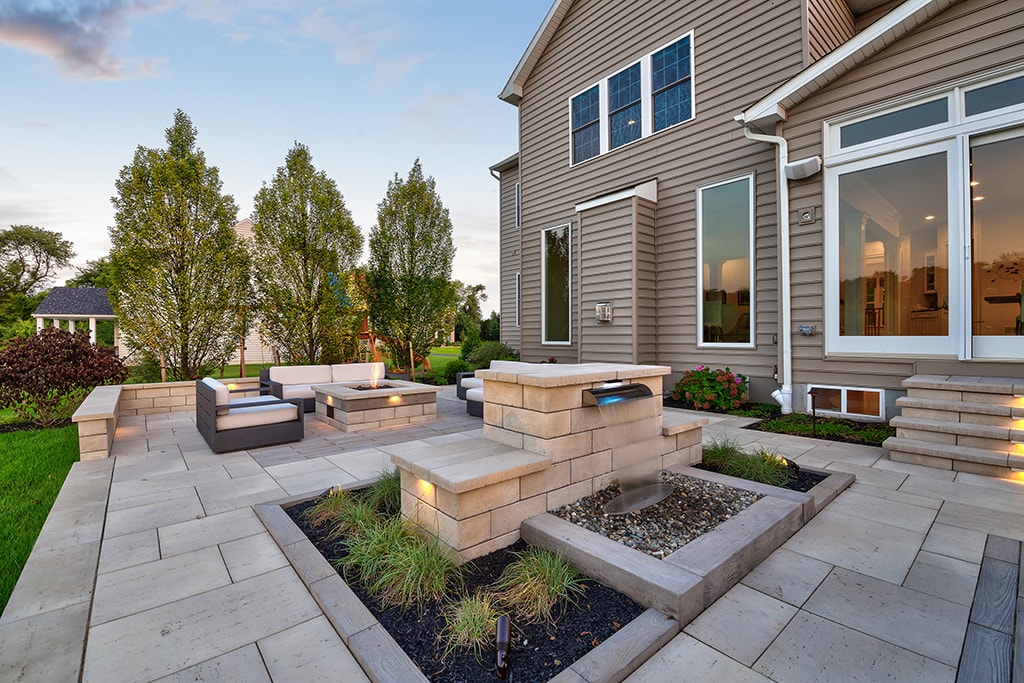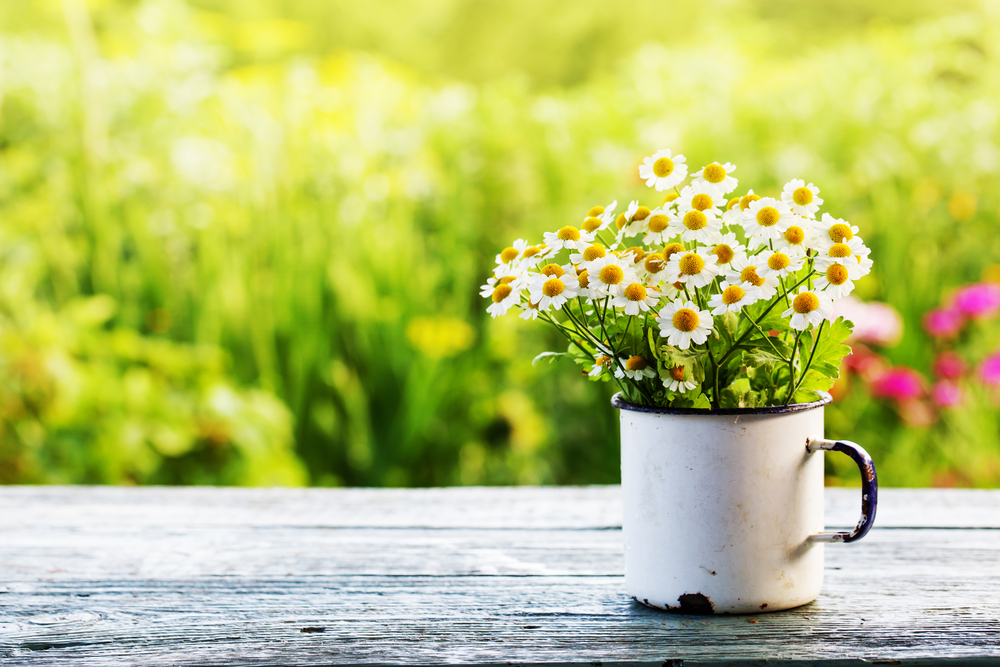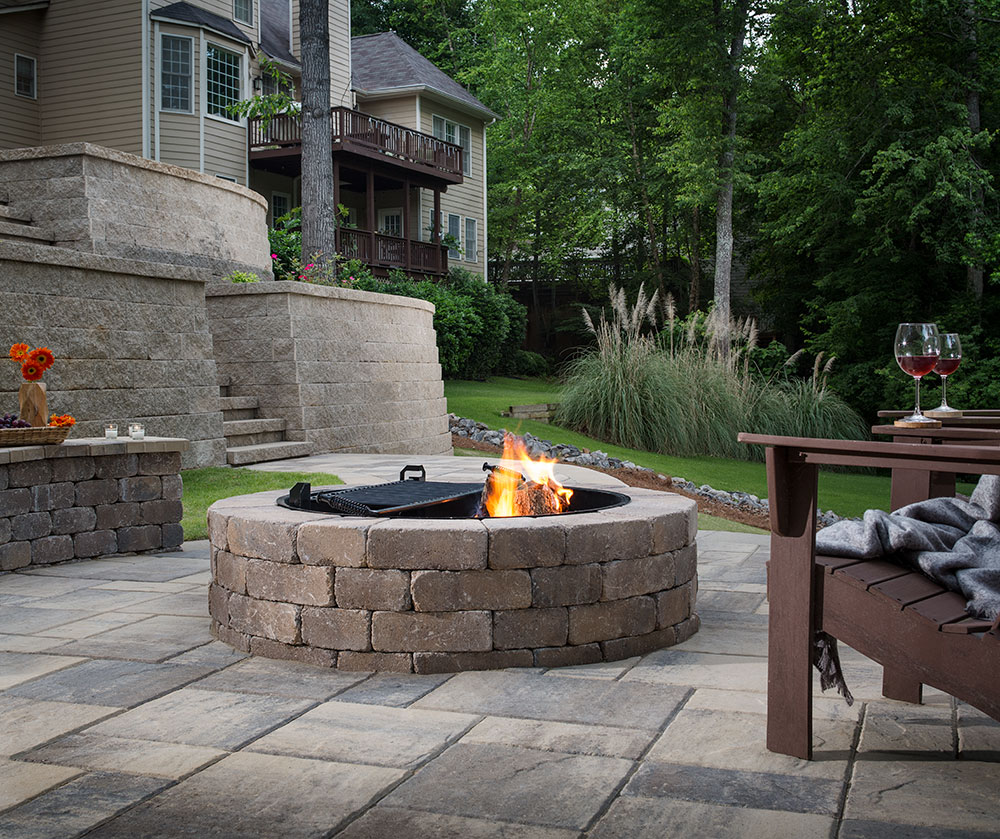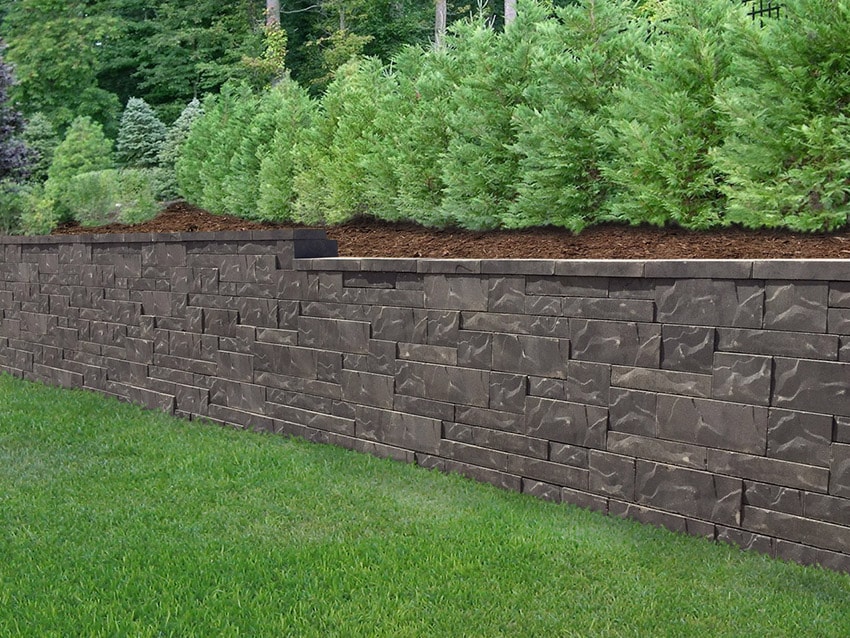Tag: landscape
Creating a Stunning Outdoor Entertaining Area with Techo-Bloc
In today's fast-paced world, our outdoor spaces have become essential sanctuaries for relaxation, enjoyment, and entertainment. A well-designed outdoor entertaining area can transform your backyard into a welcoming haven where you can host gatherings, spend quality time with loved ones, and create cherished memories. One of the best ways to achieve this is by incorporating Techo-Bloc, a leading provider of high-quality hardscaping products, into your outdoor design.
-
The Beauty of Techo-Bloc Products
-
Pavers and Slabs for a Stunning Patio
-
Create Inviting Seating Areas
-
Outdoor Kitchen and Dining
-
Softscape Integration
Designing a beautiful outdoor entertaining area with Techo-Bloc offers endless possibilities. From stunning patios and inviting seating areas to functional kitchens and fire pits, Techo-Bloc's premium hardscaping products can elevate your outdoor space and transform it into a captivating haven for entertaining. Embrace your creativity, combine different textures and colors, and let Techo-Bloc “pave” the way to your dream outdoor entertaining area. Get ready to host unforgettable gatherings, create lasting memories, and enjoy the beauty of the great outdoors right in your own backyard!
DIY Projects to Get Your Outdoor Living Space Ready for Spring
Spring is just around the corner, and it's the perfect time to start planning and preparing your outdoor living space for the warmer weather. Whether you have a spacious backyard or a cozy balcony, there are plenty of DIY projects you can tackle to create a beautiful and functional outdoor oasis. From building a fire pit to planting a garden, these projects can help you maximize your outdoor living space and make the most of the spring and summer months. In this article, we'll share 10 DIY projects to get your outdoor living space ready for spring, along with step-by-step instructions and helpful tips to guide you through the process. So grab your tools, roll up your sleeves, and let's get started!
- Create an outdoor lounge area: Create a cozy and comfortable outdoor lounge area by adding some comfortable seating, a coffee table, and some outdoor rugs. This is a perfect spot to relax, entertain guests, or simply enjoy some fresh air. Spring pillows and potted flowers will finish off the area!
- Fire pit or grill: Build a fire pit or grill for a fun and functional addition to your outdoor living space. You can choose from a variety of materials and designs, depending on your taste and budget like our Techo Bloc stones and pavers! Fire pits are perfect for gathering around with friends and family on chilly evenings, while a grill lets you cook up your favorite meals in the great outdoors.
- Mood lighting: Add some lighting to your outdoor living space to create a warm and inviting ambiance. You can use string lights, lanterns, or even solar-powered lights to illuminate your space. Our Vista Landscape Lighting also adds ambience to your deck, landscape or around the pool.
- Build raised garden beds: Plant a flower or vegetable garden to add some natural beauty to your outdoor space. Whether you have a green thumb or you're just starting out, there are plenty of easy and rewarding projects to choose from. Raised beds can keep your flower, vegetable or herb garden safe from animals, excess moisture and accidental trampling by the kiddos! Subscribe to our email list and receive our FREE ebook “How To Start A Vegetable Garden”!
- Outdoor movie screen: Grab an old white sheet, some rope and clothespins and voila! You’ve got a super easy outdoor DIY project the whole family can enjoy. Get ready to break out the movie projector and some popcorn!
- DIY planter table: Transform a wooden table into a multipurpose outdoor planter with paint, a jigsaw and a plastic planter. The herb garden, which doubles as a live centerpiece, adds a touch of whimsy to the conversation area.
- Repurpose an old cabinet into a mini bar: An old cabinet can function as a mini bar with just a little help. Not only will it look great, but it also functions as extra storage space, too! To get started, apply a fresh coat of paint on the cabinet and add some racks to store glasses. Then, decorate it to match your patio. The old cabinet will easily become a food and drink station you can enjoy for three seasons out of the year (sorry winter).
- Create a kid-friendly zone: If you have kids of your own or frequently entertain friends or family who do, an outdoor kid-friendly zone is the perfect DIY backyard project. It's also an excellent opportunity to let the kids get involved. A playhouse, a swing set, or a sandbox are just a few great ideas!
- Create a bird sanctuary: Build a DIY birdhouse or a birdfeeder and add one of our beautiful birdbaths. Once you finish your bird sanctuary, add a bench nearby so you can sit and watch your hard work pay off.
- Repurpose old items: Decorating your home and yard can be as simple as repurposing old items, such as:
- Tin cans: Tin cans make excellent planters, votives, and outdoor storage containers. You can even paint an old tin can and use it as your silverware or condiment holder at your outdoor bar or kitchen.
- Tires: Instead of tossing worn tires, repurpose them. Tire swings are one front yard staple that never goes out of style. Or, you can paint your tire a fun color and use it as a unique planter in your garden.
- Furniture: Old dressers, nightstands, and wooden chairs can be upcycled into planters or bee houses.
- Glass jars: Repurposed glass jars have become trendy in recent years, largely due to their versatility. Use glass jars as glassware at your outdoor bar, like candle holders or as small planters.
- Pallets: Wooden shipping pallets are another popular repurposing item because they can be transformed into almost anything, including outdoor furniture, fencing, storage walls, planters, and sandboxes.
Tips and Tricks:
Here are some helpful tips and tricks to keep in mind when working on your DIY projects:- Start small: If you're new to DIY projects, start with a smaller project and work your way up. This will help you build your confidence and skills.
- Use reclaimed materials: Reclaimed materials, such as pallets and old bricks, can be an affordable and eco-friendly way to complete your project.
- Don't be afraid to personalize: Add your own personal touches to each project to make it unique and fitting to your style.
- Ask for help: Don't hesitate to ask a friend or your kids to help you with your project. Working together can be more fun and can help you complete your project faster.
Landscaping To Beautify Your Yard
A backyard is a great place to relax or entertain friends and family on a nice day. There are many ways to enhance the appearance and functionality of your yard to make it an even nicer location to spend time all year-round. This includes long-term projects as well as projects that a homeowner can complete over a weekend. Here are some landscaping ideas to help beautify your backyard.
Install a Fire Pit
A fire pit is an excellent addition to a backyard and can make the outdoor space a more enticing spot to hang out when the weather is cold. Fire pits come in many sizes, so consider how many people would be using the fire pit at one time, as well as how much time you are willing to put into its upkeep. Four common types of fuels used in fire pits are propane, natural gas, gel fuel, and wood. Each of these options comes with pros and cons, such as price and ease of use. For example, some people like the authenticity of wood-burning fire pits, while others prefer gel fuel because it does not give off any wood smell or smoke. There are also a wide variety of blocks that you can purchase to build a fire pit that looks nice in your backyard.Build a Patio
An outdoor patio can seem like another room and is a great addition to both your house and your backyard. Many patios can be enclosed or semi-enclosed with large windows, allowing you to enjoy the ambiance of the outdoors without being exposed to the elements. If you choose to have a full outdoor patio, you can still opt to put a covering over the space to shield you and your guests from harsh sun and rain. Outdoor patios are an especially good option if your backyard is uneven, since patios provide a flat surface for tables and chairs. In addition to adding furniture, other ways to make your patio look pleasant and integrated with the rest of the yard include:- Placing plants and flowers around the patio space
- Installing lighting throughout the area
- Hanging curtains for ambiance and additional privacy
Create Pathways and Steps
Especially important if you have a large backyard, creating pathways can significantly improve the appearance and functionality of your yard. Some simple materials to use are gravel and wood chips. To make more permanent and elegant pathways, you can use stone, wood, brick, or concrete. With paths, people can enjoy walking through your backyard without worrying about stepping in mud or getting their shoes dirty. If you decide to use wood to build a trail, make sure it is of a variety that will not rot quickly due to dampness or other factors. If you prefer something more natural, there is the option to create a green pathway. This involves making a grass path and ensuring that it is mowed and well-maintained. You can always add stones or other markers on the side of the path to distinguish where the walkway ends. If your backyard is uneven, consider building steps to further add to the ambiance and make getting around the yard easier. Like pathways, steps can consist of stone, wood, brick, or even old car tires. Ensure that the material you use for the steps goes well with the materials you use to build any pathways on the lawn.Let Us Assist You
The professionals at Red's Home & Garden can help you with all of your landscaping needs. Give us a call today if you need assistance with purchasing materials or have any other questions.What Makes a Retaining Wall Work?
Allan Block retaining walls make it possible to build homes and achieve landscaping projects in some of the most unlikely places. These walls can support foundational structures and significantly reduce soil erosion. Builders have relied on them for millennia, but how exactly do they work?
What Are the Main Types of Retaining Walls?
Before determining the secret to how a retaining wall works, it’s important to understand the two main types. These types bring different structural components and mechanics to the table.Gravity Walls
Gravity walls require a precise weight and setback to work properly. Setback refers to the angle at which the wall leans to keep the soil in place. The weight of the wall and the degree of leaning from the vertical upright position are the two secrets behind how this type of retaining wall works.Reinforced Walls
These walls are a little more complicated and require three components: weight, setback and geogrid. The geogrid refers to woven material used to weave soil and other materials together. Geogrid makes it possible for the walls to push back against the strong forces of the heavy soil bracing against them.What Are Additional Components of Retaining Walls?
Weight, setback and geogrid serve as the core factors behind how these walls work. As well, there are additional components to consider.Positive Interlock
In a retaining wall, the strength of each component is essential for the overall strength of the wall. To ensure full strength, Allan Block uses a rock-lock connection. Years of experience and experimentation have proven that this is the most stable and reliable block-to-grid interlock. It provides additional strength beyond the materials used to hold each component together.Internal Stability
The soil and the retaining wall work together to create internal stability. When built correctly, the soil and the retaining wall function together like one cohesive unit. When the internal stability of a retaining wall fails, it can manifest as bulging, pullout or grid rupture.External Stability
External stability depends on how well designers calculated the force of gravity and the weight of the soil. Proper analysis and accurate execution allow the soil and wall to function as one unit. Engineers achieve external stability by satisfying sliding, overturning, bearing capacity and global stability considerations.What Are Crucial Design Considerations?
When building a retaining wall, Allan Block must review several factors and how they might affect the strength and functionality of the wall. Planning for these in the initial design phase ensures your retaining wall stands the test of time:- Water Drainage: Water can move more than just soil. It can also move walls and foundation structures, so drainage is crucial to maintaining stability.
- Embedment: Engineers need to determine how deep the grid length should extend beyond the wall. This is crucial for meeting gravity mass requirements.
- Layers: Retaining walls require enough layers to ensure the internal strength can handle the load created by the soil mass. Layers also need proper spacing to distribute internal forces.


